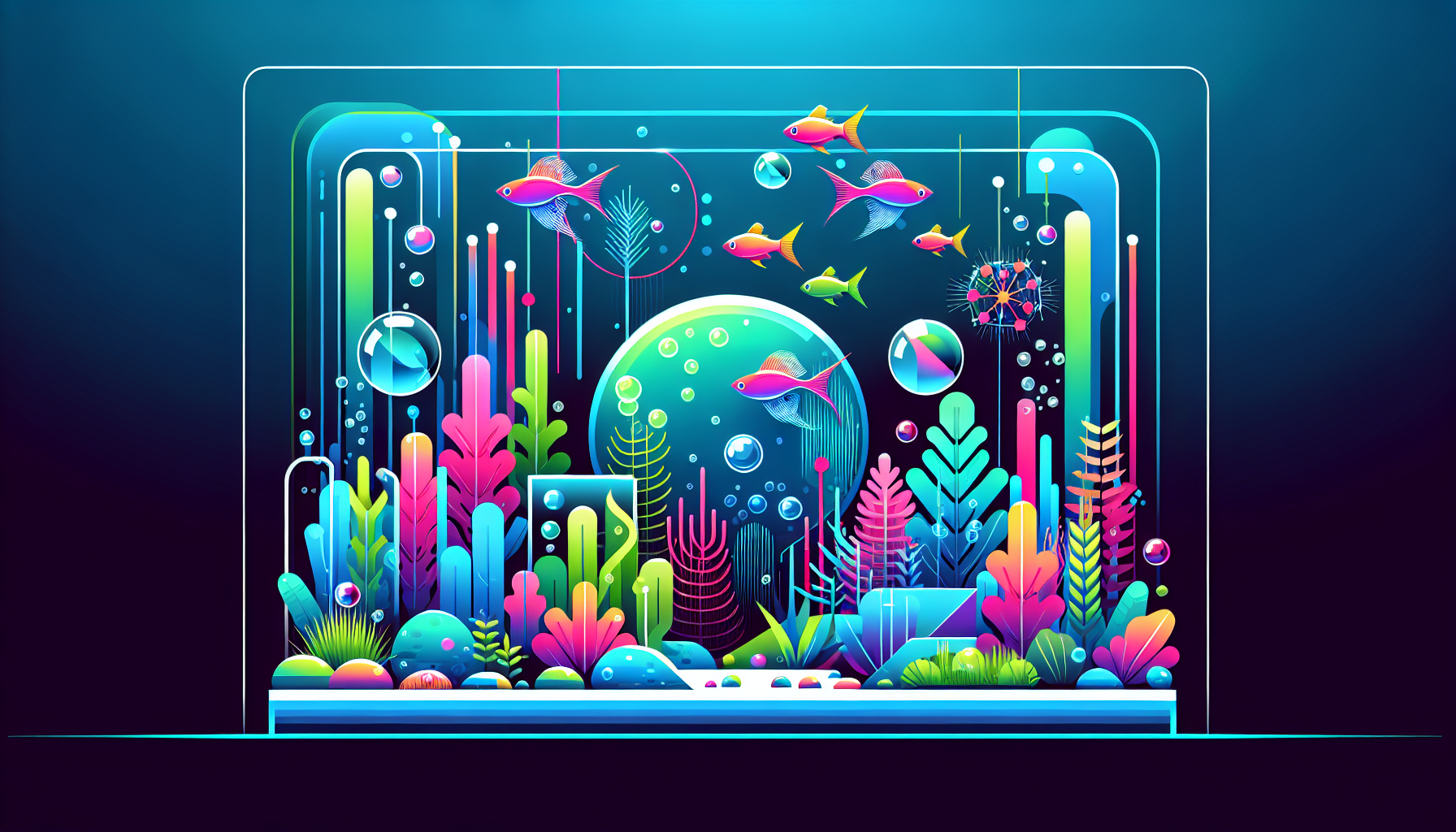Aquascaping for Beginners: The Ultimate Step-by-Step Guide to Your First Aquascape
Ready to turn your aquarium into a breathtaking underwater landscape? Welcome to the world of aquascaping! Whether you’re a fishkeeping fan or a curious newcomer, this easy-to-follow guide will show you how to create a beautiful aquascape from scratch. Learn essential aquascaping techniques, choose the right plants and equipment, and discover tips that will set you up for long-term success.
What Is Aquascaping?
Aquascaping is the art of arranging aquatic plants, rocks, driftwood, and other decorations inside an aquarium to create beautiful, living landscapes. A well-designed aquascape is more than just an aesthetic achievement; it also serves as a healthy ecosystem for your aquatic inhabitants. There are various aquascaping styles, including:
- Nature Aquarium: Inspired by natural landscapes, often with intricate layouts and lush greenery.
- Iwagumi: Minimalist stone layouts focusing on simplicity and harmony.
- Dutch Style: Dense planting focused on color, texture, and layering without hardscape dominance.
If you want visual inspiration, check out our guide to popular aquascaping styles.
Step 1: Gathering Essential Supplies
Aquarium Tank Size
Start with a tank size that matches your space and experience level. A 10-20 gallon aquarium is ideal for beginners—it’s large enough for creative layouts but small enough to manage.
Substrate Selection
The substrate is crucial for anchoring plants and providing nutrients. Popular choices include:
- Aquasoil: Nutrient-rich, ideal for plant growth
- Sand or Gravel: Decorative, but may require root tabs for nutrients
Learn how to choose the perfect substrate in our substrate guide for aquascaping.
Lighting
Proper aquarium lighting is essential for plant health and growth. Look for LED fixtures that match the needs of your chosen plants.
CO₂ and Filtration
For beginner tanks, a quality filter and regular maintenance go a long way. CO₂ systems are optional but can significantly boost plant growth—especially in higher-tech setups.
Hardscape Materials
Hardscape elements such as rocks, driftwood, and branches create the “bones” of your aquascape. Choose natural pieces that complement your vision.
Plant Selection
Choose easy-to-grow, hardy aquarium plants such as:
- Anubias
- Java Fern
- Cryptocoryne
- Amazon Sword
- Java Moss
Check out our list of the best aquarium plants for beginners for more ideas!
Step 2: Designing Your Aquascape
Sketch Your Layout
Before adding anything to your tank, sketch your design on paper. Planning helps with placement and balance. Consider:
- The Rule of Thirds: Position key elements off-center for a natural look.
- Foreground, midground, and background layers: Use smaller plants and stones up front, taller ones in back.
Setting Up the Hardscape
Place your chosen rocks and driftwood first. Arrange them securely (sometimes using aquarium-safe glue) and visualize the flow of the layout. Leave plenty of open swimming space for fish!
Adding the Substrate
Add the substrate after setting the hardscape to avoid burying or damaging your design. Slope it from back to front for depth and perspective.
Planting
Plant taller species and background plants first, followed by midground and foreground choices. Use aquascaping tweezers for precision and less mess. Mist plants lightly with spray water as you work to keep them moist.
Filling the Aquarium
Fill the tank slowly to avoid disturbing your hardscape and plants. Place a plate or plastic bag on the substrate and pour water gently onto it.
Step 3: Cycling and Maintenance
Aquarium Cycling Basics
Before adding fish or sensitive shrimp, cycle your tank. Cycling establishes beneficial bacteria to break down waste products. Use fishless cycling methods for best results—test water for ammonia, nitrite, and nitrate regularly.
Ongoing Plant Care
- Trim plants regularly to avoid overgrowth
- Remove dead leaves and debris
- Monitor for algae and adjust lighting or nutrient dosing as needed
Check out our aquascape maintenance tips for more detailed guidance.
Step 4: Introducing Fish and Invertebrates
Once your aquascape is established and cycled, add peaceful fish and shrimp species that won’t uproot plants or disrupt your layout. Some popular choices:
- Neon tetra
- Otocinclus
- Cherry shrimp
- Harlequin rasboras
Beginner Aquascaping Tips for Success
- Start small and gradually add complexity
- Don’t overcrowd the tank with plants or decor
- Perform regular water changes (at least 25% per week)
- Stay patient—plants and aquascapes improve with time
Frequently Asked Questions
How much does it cost to start aquascaping?
Beginner setups can range from $100 to $300 depending on tank size and equipment. Prioritize quality substrate, lighting, and plants.
Do I need CO₂ for my aquascape?
Low-tech setups with hardy plants do not require additional CO₂. For lush, carpeted tanks or advanced aquascapes, CO₂ will make a significant difference in plant health and growth.
Which plants are best for my first aquascape?
Start with low-maintenance plants such as Anubias, Java Fern, Cryptocoryne, and Mosses. They tolerate a range of water conditions and are easy to care for.
Start Your Aquascaping Journey Today!
With the right supplies and a bit of patience, anyone can craft an underwater world that brings joy and tranquility to any room. Bookmark Aquascaping Academy for more in-depth guides, plant profiles, and expert aquascaping tips as you grow your hobby.
Ready to build your first aquascape? Share your progress or ask for advice in the comments below—and don’t forget to explore our resources for even more inspiration!



